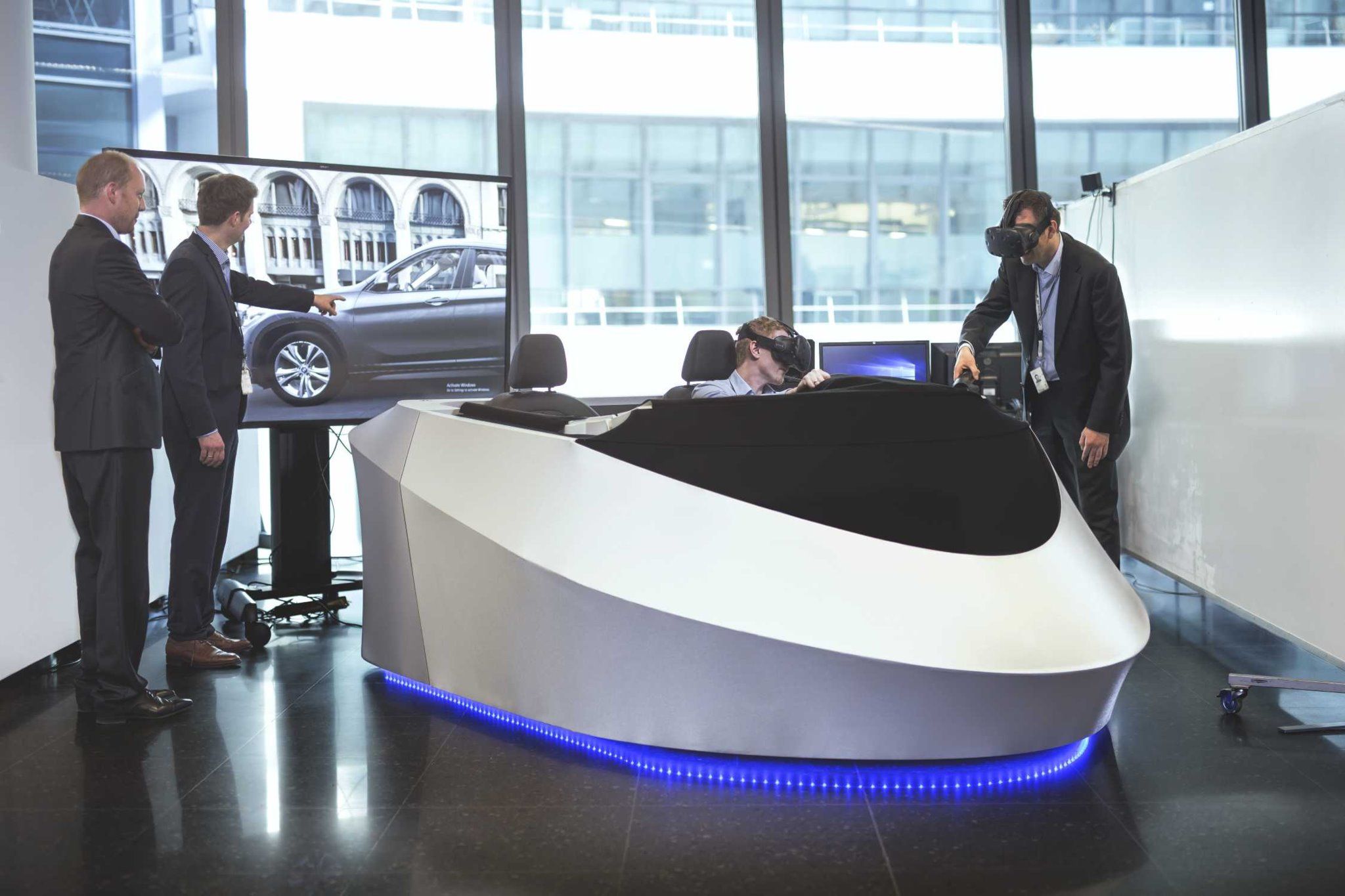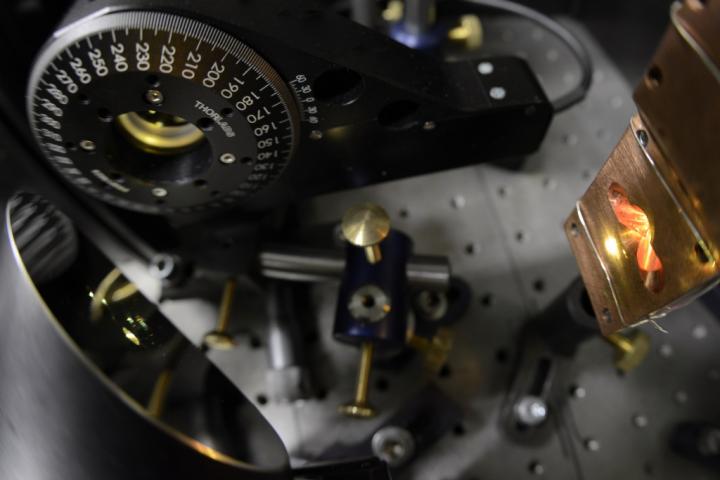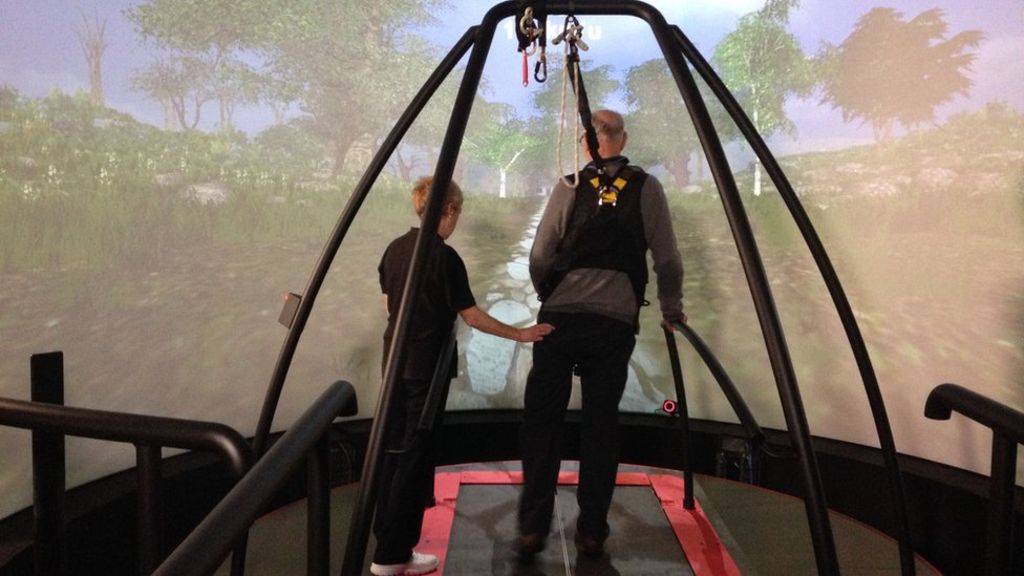Apr 7, 2016
US Navy increasing combat lasers power to 500 kilowatt level by 2020 to counter ballistic missiles
Posted by Klaus Baldauf in categories: energy, military
In 2012, the US Navy initiated the SSL Technology Maturation (SSL-TM) program, in which industry teams led by BAE Systems, Northrop Grumman, and Raytheon, among others, competed to develop a shipboard laser with a beam power of 100 kW to 150 kW by 2016.
Boosting beam power further—to something like 200 kW or 300 kW—could permit a laser to counter at least some ASCMs. Even stronger beam powers—on the order of at least several hundred kW, if not one megawatt (MW) or more—could improve a laser’s effectiveness against ASCMs (Anti-Ship Cruise Missile) and enable it to counter ASBMs (Anti-Ship Ballistic Missile.
By 2020, it should be possible to demonstrate a 250–500 kW laser weapon system, one appropriate for deployment on current surface combatants and capable of being a game changer in the Navy’s struggle to address the growing A2/AD challenge.





 The U.S. Marine Corps has launched a cyberspace warfare group to help man, equip and train the military branch’s cyber mission teams to conduct defensive and offensive operations.
The U.S. Marine Corps has launched a cyberspace warfare group to help man, equip and train the military branch’s cyber mission teams to conduct defensive and offensive operations.











